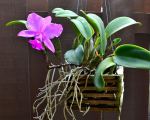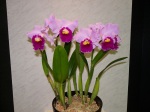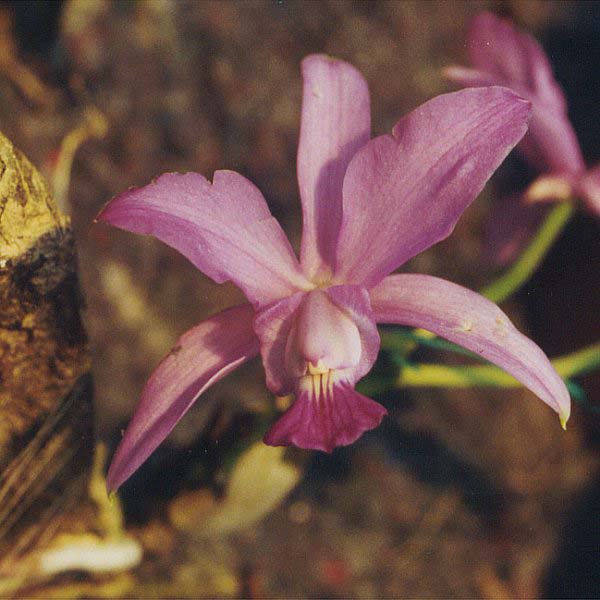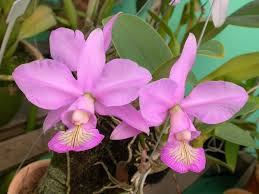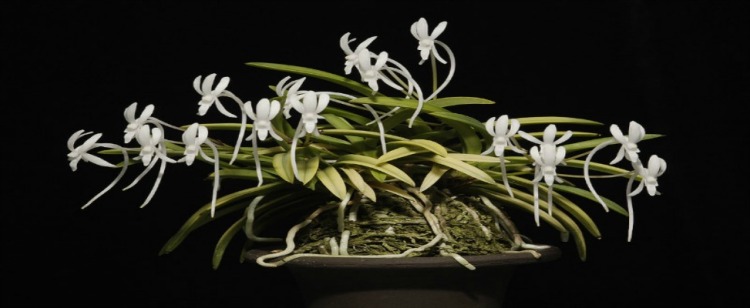
Neofinetia falcata
( chosen as the symbol to represent Japanese wild orchids)
Japan has four distinct seasons with a climate ranging from subarctic in the north to subtropical in the south. Conditions are different between the Pacific side and the Sea of Japan side.August is the hottest month in Tokyo with an average temperature of 26°C ) and the coldest is January at 5°C with the most daily sunshine hours at 6 in December. The wettest month is June with an average of 181mm of rain.
As a popular flower Orchid comes at 7th position in japan. Favorited orchids in japan are cymbidium,paphiopedilum, RHIZANTHOID CATTLEYA. usually plants required full shade and temperature range 14.5 C to 24 C will grown well in Japanese condition
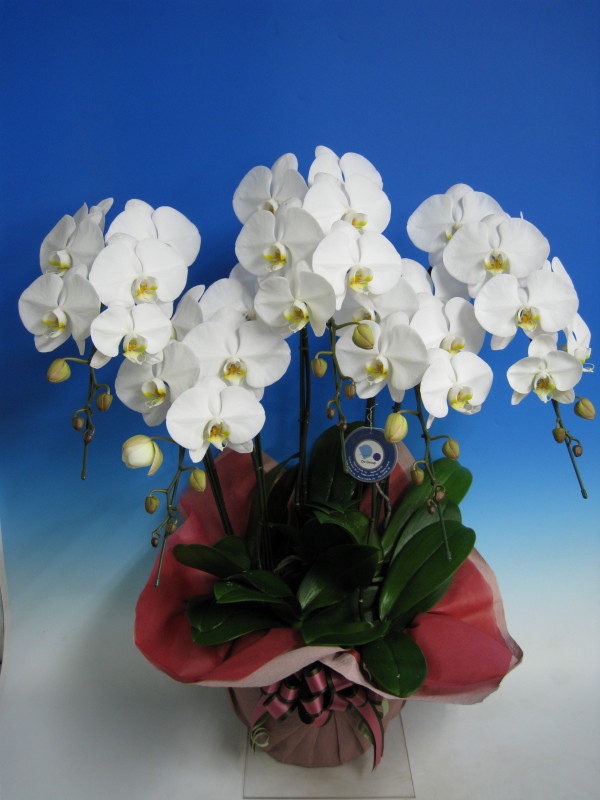
Phalaenopsis orchids as Gift
Giving moth orchids in the business world, a practice that took off during the high-growth era of the 1980s
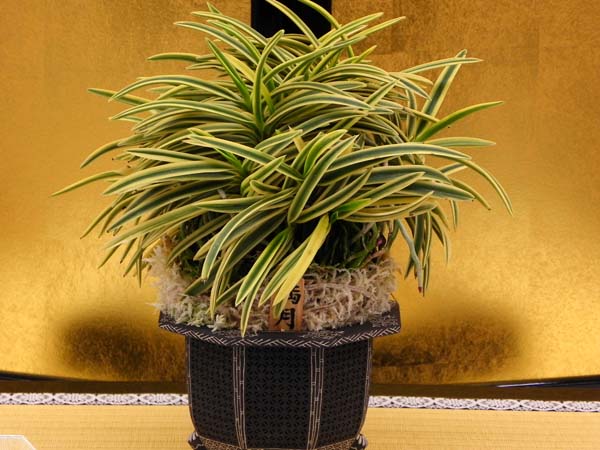
Fuukiran orchid
The 12th World Orchid Conference, a global event occurring every three years, was held in Japan in 1987. At that time, a flower of Neofinetia falcata was chosen as the symbol to represent Japanese wild orchids. Because of this, Neofinetia falcata was recognized widely among orchid enthusiasts and other plant lovers. Fuukiran means in general, a mutated or variegated Neofinetia falcata collected from the wild. In Japanese traditional gardening, an elegant name is used to denote a valuable plant. This is true also for Rhodea japonica, Dendrobium moniliforme and Ardisia crispa. However, even if a Neofinetia falcate has variagation, it is recognized as a Fuukiran only after being registered with Japan Fuukiran Society. For instance, if a variagation of Neofinetia falcata is newly discovered, it is still just a variety of Neofinetia falcata and cannot be defined as a Fuukiran. To be a new Fuukiran , (1) the same variation must continue consistently for years, (2) the number of plants must increase to some extent, and (3) the physical characters should be clearly different from other recognized variety. After applying for registration with the Japan Fuukiran Society and receiving judgment, it is recognized as a new Fuukiran.
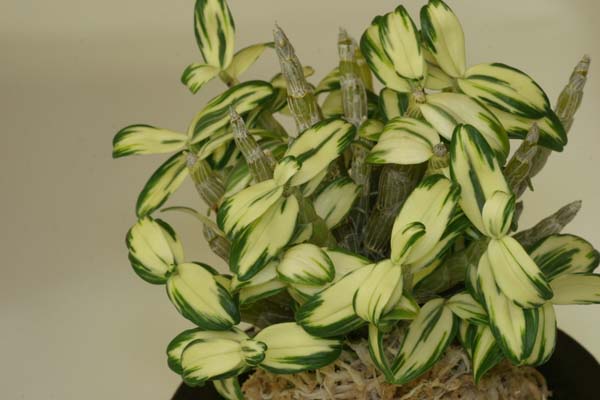
Choseiran orchid
Choseiran has developed as Japanese original gardening from Edo period. It is amazing that even now many kind of Choseiran exist that discovered 180 years ago. Choseiran is a kind of cultural heritage like other traditional orchid like Fuukiran.
Choseiran is a traditional orchid growing which consists of variegated or mutated leaf Den.moniliform, collected from the wild, and was refined by peculiar sensibility based on Japanese culture. The continuance of the mutation is strictly confirmed and severely selected and finally named as a Choseiran. Its form is about 8 inches maximum and 1 inch minimum that allows many plants in a narrow space so everyone can grow them in every living circumstance. In spring their flowers and mellow fragrance give us precious moment.
